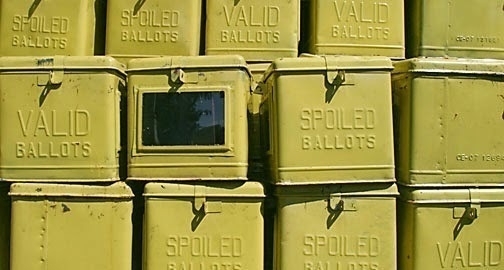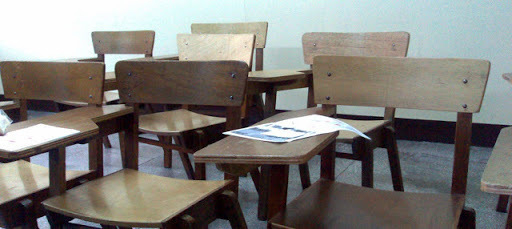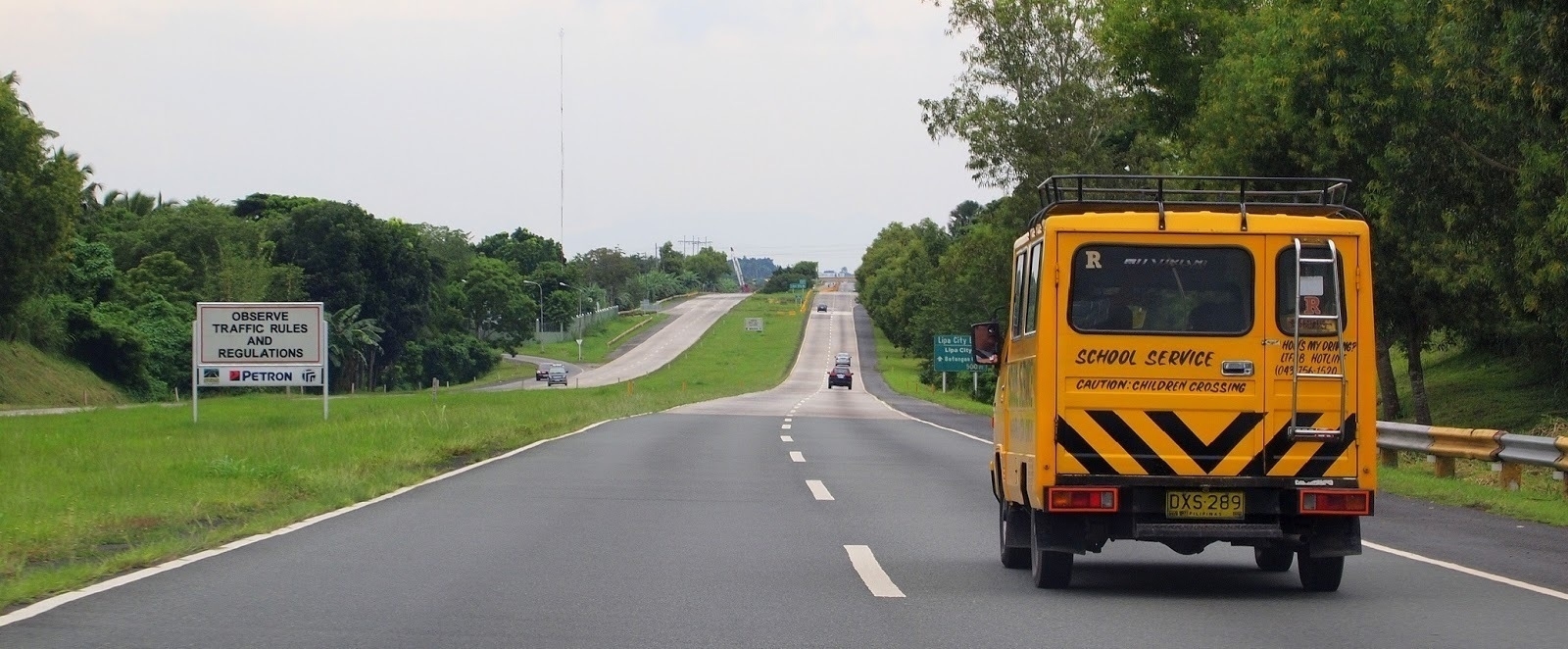Articles
An article is a finished piece of work, likely the result of a data analysis or a viewpoint that's gone through multiple iterations of feedback and refinement. It's intended to be the traditional blog post.
A data team's product is decisions

Photo by Franki Chamaki (Unsplash)
Making your data team’s main product decisions, as opposed to reports, models, or engineered systems, is a great way of communicating the value of the team internally and externally.
On Minimalistic Maps: Mapping Population Density in the Philippines
Minimalistic maps
Taking the idea from the Population Lines Print by Spatial.ly / Dr James Cheshire, we plot local population density maps for the Philippines in the same style. The data is taken from the NASA Socioeconomic Data and Applications Center (SEDAC).
Fête wisely this 2016
Contributed Post
This is a contributed post from Carl Dominick Calub of TALAS Data Intelligence
It’s Fête 2016!
For you who have just heard about it, you can visit their FB page to know if you should know about it. The gist is music-lovers the world over celebrate Fête dela Musique — World Music Day — in June every year. In the Philippines this year, the 22nd Fête will be held on 18 June 2016 in Makati.
Where in Makati? EVERYWHERE. It’s the ultimate bar-hopping event for audiophiles! Multiple gigs called pocket stages are set up in different bars. Each stage showcases a different genre. This year, there will be 21 pocket stages. That means 21 different genres!
There are also two main stages that play alongside the pocket stages for those who don’t fancy spelunking around Makati. While each pocket stages is dedicated to a specific genre, the main stages feature a more diverse lineup of artists.
The main stages serve as convenient samplers of the different music themes. But the pocket stages are more interesting for people not just because they offer a more immersive experience, but also because there’s a problem to solve. If you can visit all 21 gig locations, then you can enjoy your share of concerts for the year. The cherry on top: you don’t have to pay a single peso!
With that many stages, it can be a very daunting task though. So how do we make it easier? Let’s follow the data.
On the Elections: Election Fingerprints

In this elections series, we’ll explore various aspects of the 2016 Philippine National Elections, from fraud detection to the differences in how our country votes. In this first instalment, we learn about election fingerprints and how they may be used to detect fraud in the form of ballot stuffing or vote padding.
On Coverage and Capacity: A look at school capacity in the Philippines (EduData Part 2)

Students require rooms, students, and operating budgets in order to receive a proper education. The question is, which resources are in short supply? How does this differ across different parts of the country? Let’s find out how the school system is holding up in this second installment of the EduData Series.
On Schools and Survival: A look at dropout rates in the Philippines (EduData Part 1)

In what grade level are students most likely to drop out? Are females or males more likely to stay in school? We’ll explore delays and dropouts in the Philippine education system with data from the Department of Education in this first installment of the EduData series.
On Facebook News in the Philippines: Using topic modeling to find trends in online news coverage
Facebook has become one of most visible sources of news in the Philippines, and it has arguably played a huge role in shaping Filipino views. We take a look at how the Philippines news cycle evolved with by using topic modeling.
Read More →